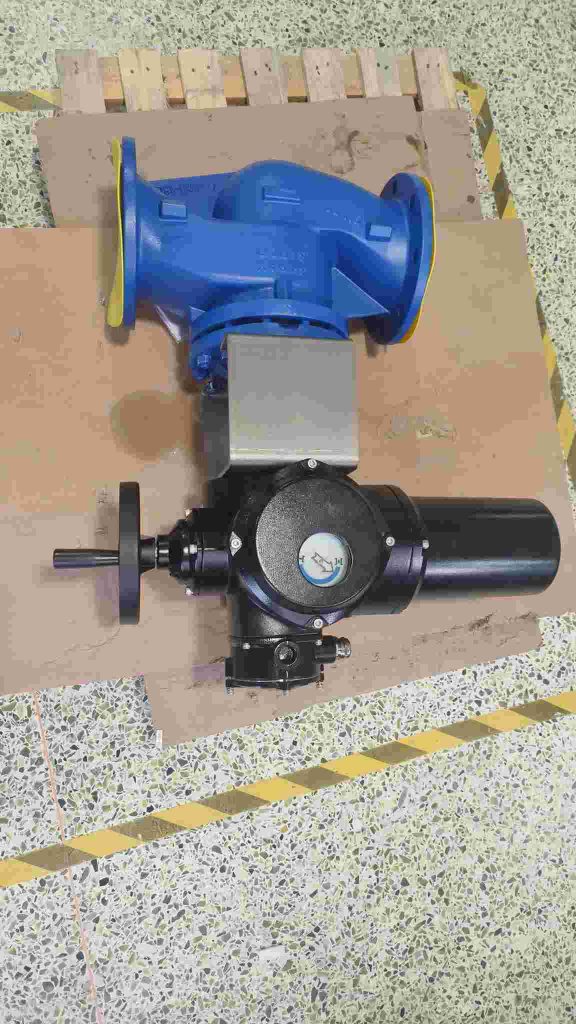The increasing demand for lithium-ion batteries across various industries—from electric vehicles (EVs) to renewable energy storage—has spurred advancements in safety mechanisms to ensure optimal performance and risk mitigation. One crucial component in these battery systems is theLithium Battery Electric Shut-Off Valve. This valve plays a pivotal role in enhancing the safety, reliability, and efficiency of lithium battery-powered applications. In this article, we will explore the functionality, importance, and applications of the lithium battery electric shut-off valve, shedding light on its role in improving battery safety and system efficiency.

What is a Lithium Battery Electric Shut-Off Valve?

ALithium Battery Electric Shut-Off Valveis an electrically controlled valve designed to manage the flow of liquid or gas within a battery management system (BMS) or in applications where lithium-ion batteries are employed. The primary function of this valve is to regulate the passage of coolant, electrolyte, or any other necessary fluids that play a role in battery temperature control and chemical stability. In some cases, the valve can also be used for emergency shut-off purposes to stop the flow of electricity, preventing further risk of overheating, fire, or leakage in the event of a malfunction.

Leave a Reply